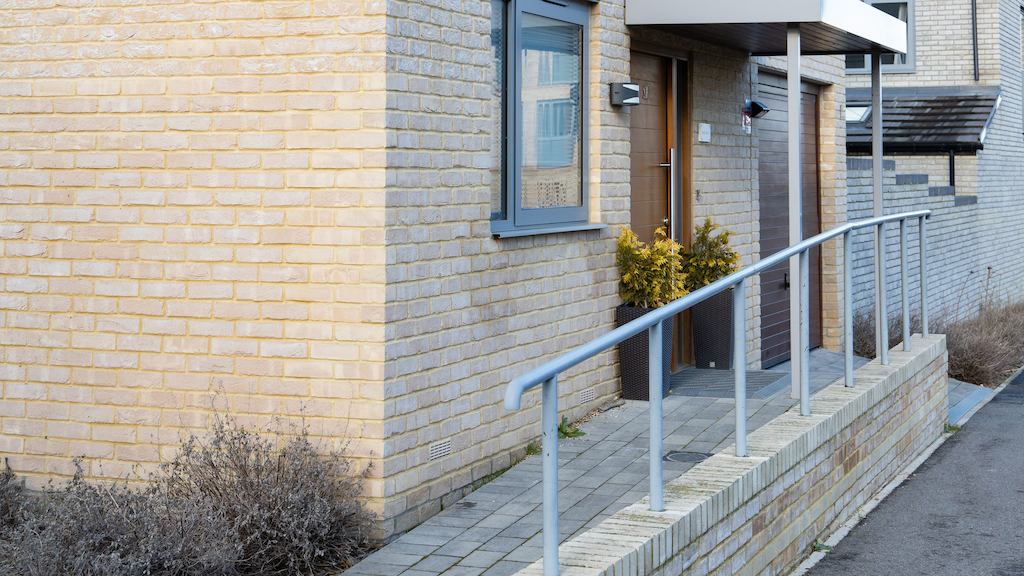The National Residential Landlords Association, in partnership with the Centre for Ageing Better and other organisations, has developed a guide that sets out how private landlords can consider requests for adaptations to make their properties more inclusive and accessible. The guide lays out the types of adaptations that may be needed, how the work should be funded and the level of involvement the landlords needs to have – which can be as minimal as just providing written consent the adaptations can go ahead.
It’s also important to highlight that landlords don’t necessarily need to foot the bill. Tenants or landlords can apply for funding from the social care budget if the adaptations are classified as minor (grab rails, ramps and lever taps), while major adaptations (installing a level access shower or wet room, widening doorframes, or putting in a stairlift, can often be funded by the Disabled Facilities Grant (DFG). But making a home more accessible should be seen as an investment. With an ageing population, demand will increase so having an accessible property will put you ahead of your competitors.
For many people as they enter later life, their landlord will be the key to ensuring that the home they live in caters to their needs. This guide will help landlords understand how they can provide for their tenants and make the necessary adaptations to ensure their tenants' comfort and safety.

